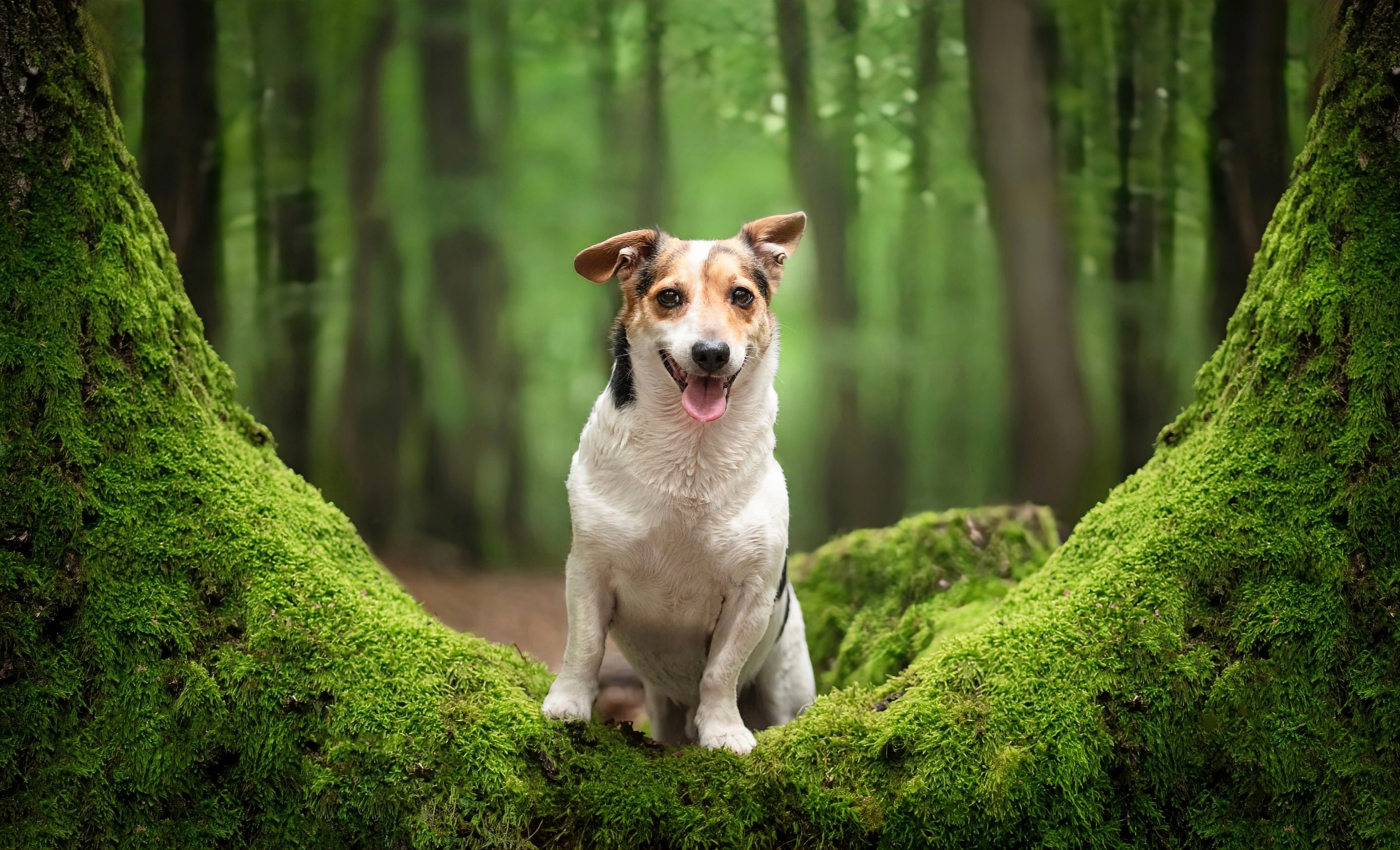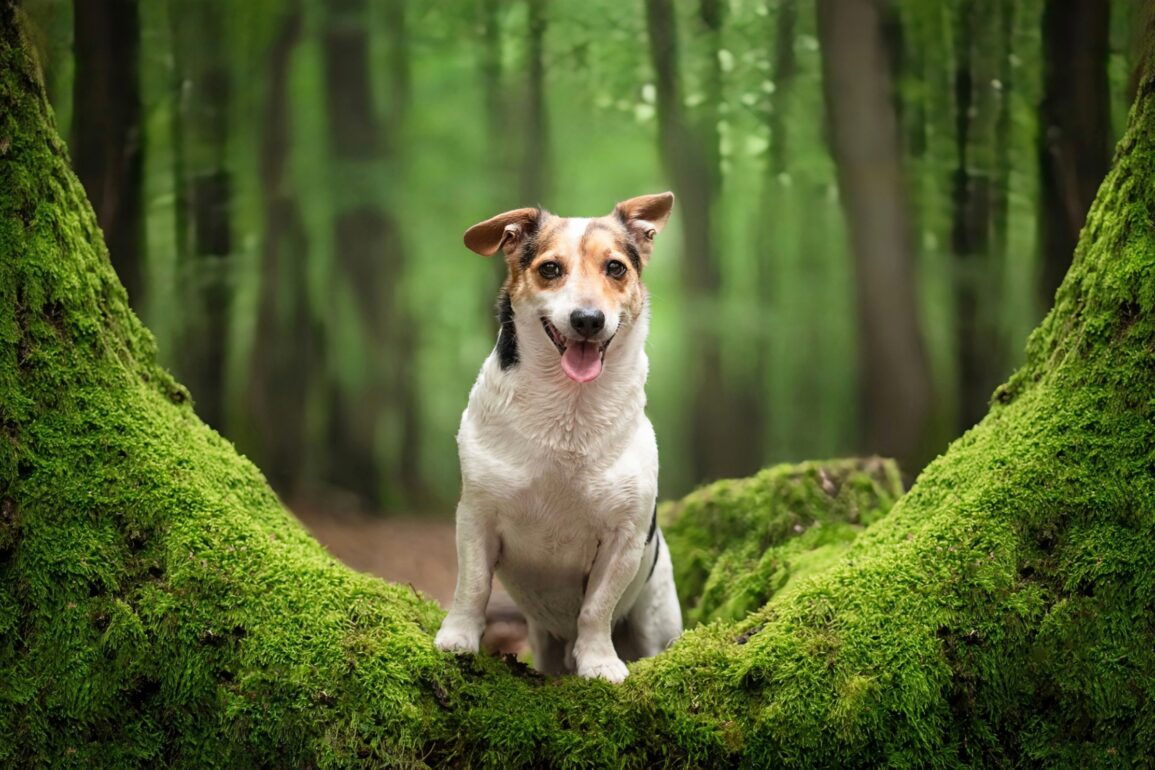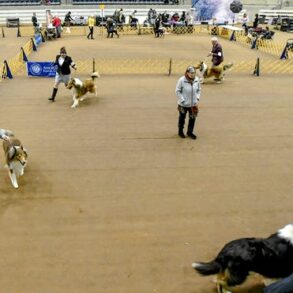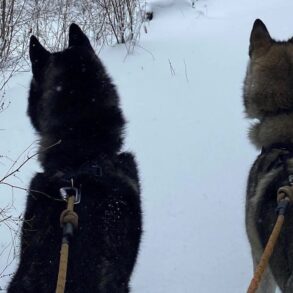
Invasive species pose a significant challenge to ecosystems and agriculture, often spreading unnoticed until they have caused considerable damage. Conservationists and growers now have an unusual new ally in the fight against the invasive spotted lanternfly – trained dogs.
A recent study published in the journal Ecosphere highlights how these detection dogs outperform humans in identifying lanternfly egg masses in challenging environments, offering a novel strategy to curb the pest’s spread.
“Preventing the introduction of invasive species is championed as the most cost-effective and efficient strategy for avoiding negative impacts on systems,” noted the researchers.
“However, once a species has been introduced, the next best option is to detect the population and eliminate it before it becomes established and spreads more widely across the landscape.”
Spotted lanternfly infestations
First detected in Pennsylvania in 2014, the spotted lanternfly has now infested 19 states, including New York. This invasive insect feeds on woody plants like grapes, apples, hops, and various trees, causing widespread destruction.
“A spotted lanternfly infestation in a vineyard can cause 80% to 100% mortality of the vines in one growing season,” said study co-author Angela Fuller, a professor in Cornell’s Department of Natural Resources and the Environment.
Fuller also noted the financial burden of infestations. “Infestations also increase the amount of insecticide that growers need to use, which can increase costs by up to 170% in a growing season.”
Training dogs for invasive species detection
In collaboration with the New York-New Jersey Trail Conference and Working Dogs for Conservation, researchers trained a Labrador retriever and a Belgian malinois to sniff out the lanternfly’s egg masses.
These organizations have previously trained dogs to detect invasive species and pathogens, making them well-equipped for this task.
The study compared the efficiency of human and canine detection in 20 vineyards across Pennsylvania and New Jersey.
The researchers mapped transects in vineyard rows and adjacent forests, where egg masses are likely to overwinter. Humans and dogs surveyed the areas on separate days to prevent cross-contamination of scents.
Dogs outperform humans in forests
While humans excelled in detecting invasive egg masses in vineyards, dogs proved superior in forested areas. In vineyards, humans detected 1.8 times more egg masses than dogs, finding 31 egg masses per hour compared to the dogs’ 24.
Fuller attributed this to humans’ ability to systematically search vines and poles, whereas dogs relied on scent and conducted more random searches. In forests, however, dogs excelled, finding 3.4 times more egg masses than humans.
“The dogs find egg masses by smell,” Fuller explained. “In a very complex environment, it’s easier for a dog to smell something than it is for a human to see something that is small and cryptic.”
Dogs located 7.6 egg masses per hour in forests compared to humans’ 6.7 per hour.
Importance of invasive species detection
The study emphasizes the importance of early detection in managing the lanternfly’s spread. Dogs performed exceptionally well in areas with low egg mass densities, making them invaluable for rapid response efforts.
Fuller noted that while dogs take more time to search than humans, the added time is worth it.
“The extra time that dogs take to find them is not as important as it is to find them in the first place, because you need to detect the egg masses in order to eradicate them,” she said.
Insights into lanternfly behavior
Using computer modeling, the researchers identified patterns in lanternfly egg mass distribution. They found higher occupancy rates in vineyards than forests, particularly on metal poles.
Vineyards near forests had higher lanternfly populations, likely because the insects don’t disperse far and often migrate from nearby trees.
“If you’re searching in a vineyard close to the forest, that’s more likely where they’re going to be,” Fuller said.
Combating invasive species with dogs
This innovative approach offers hope for combating invasive species like the spotted lanternfly.
By combining human surveys with trained detection dogs, growers and conservationists can strengthen their defense against this destructive pest.
The integration of canine detection into pest management strategies represents a significant step forward in protecting vital ecosystems and agricultural resources.
The study is published in the journal Ecosphere.
—–
Like what you read? Subscribe to our newsletter for engaging articles, exclusive content, and the latest updates.
Check us out on EarthSnap, a free app brought to you by Eric Ralls and Earth.com.
—–
This post was originally published on this site be sure to check out more of their content.









































